Podríamos decir que el Tantra es un estilo de vida, basado en la filosofía hindú que en nuestro tradición proviene del Shivaismo de Cachemira.

- This event has passed.
Shivaratri: we celebrate the fourth on March 19, 2023
March 19 @ 11:44 PM – March 20 @ 12:31 AM UTC+1
1.- The fourth Shivaratri (Chaitra) of 2023 is March 19, a date indicated in Kashmir Shivaism
1.1.- Shivaratri, feel the power of Tantra
The night of Shiva Shivaratri It is the night before the new moon (or Amavasya) of each month (or Masik), and is considered the darkest night because it comes before the beginning of the lunar cycle towards the full moon. We celebrate the fourth Shivaratri of 2023 this March 19.
During this astrological and special event for Tantra, due to the absence of the influence of the moon, the solar and masculine energies (represented by Shiva) are manifested to the maximum. This exceptional phenomenon gives us the possibility of entering into communion with Shiva (the supreme solar/masculine principle) very easily, and benefiting from his power.
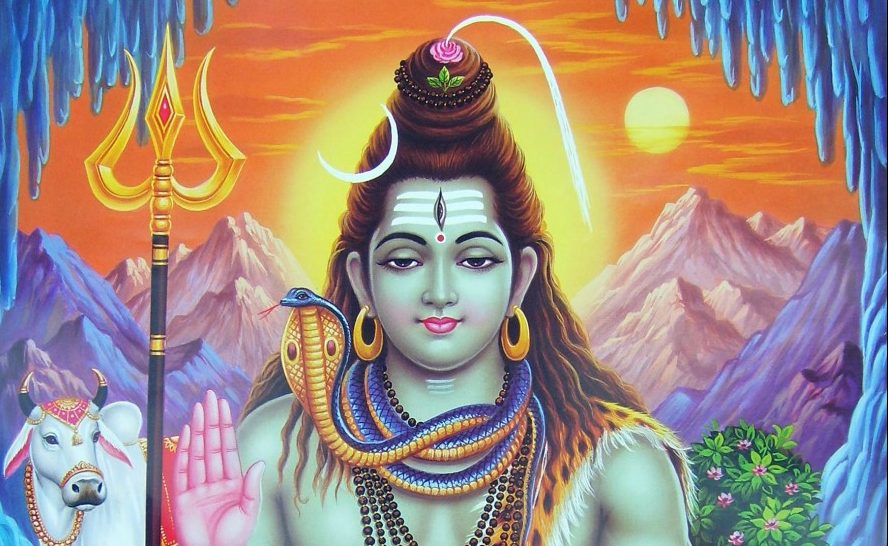
We celebrate the fourth Shivaratri of 2023 this March 19! During this night, Shiva devotees and Tantra practitioners perform mantra chanting and pujas, deep meditations, entering states of ecstasy, enlightenment and even Moksha spiritual liberation. Worshiping Lord Shiva from your heart helps you attain salvation and grace for your whole life.
2.- The most propitious night to transfigure yourself into Shiva
In the tradition of Shivaism in Kashmir, it is also very successful for tantric aspirants to take the opportunity to do the love ritual during the night of Masik Shivaratri. It is a very auspicious moment for the spiritual and tantric couple. Aspirants can greatly benefit from the awakening and expansion of consciousness, and from a very characteristic and solar state of mental clarity. Also, men, taking advantage of this beneficial moment, can significantly increase their virility and solarity.
So we advise you to meditate with Shiva, and if it is possible to do the love ritual during the night of Masik Shivaratri, to experience what is exposed (in yourselves).
In the tradition of Kashmir Shivaism let’s celebrate the fourth Shivaratri of 2023!
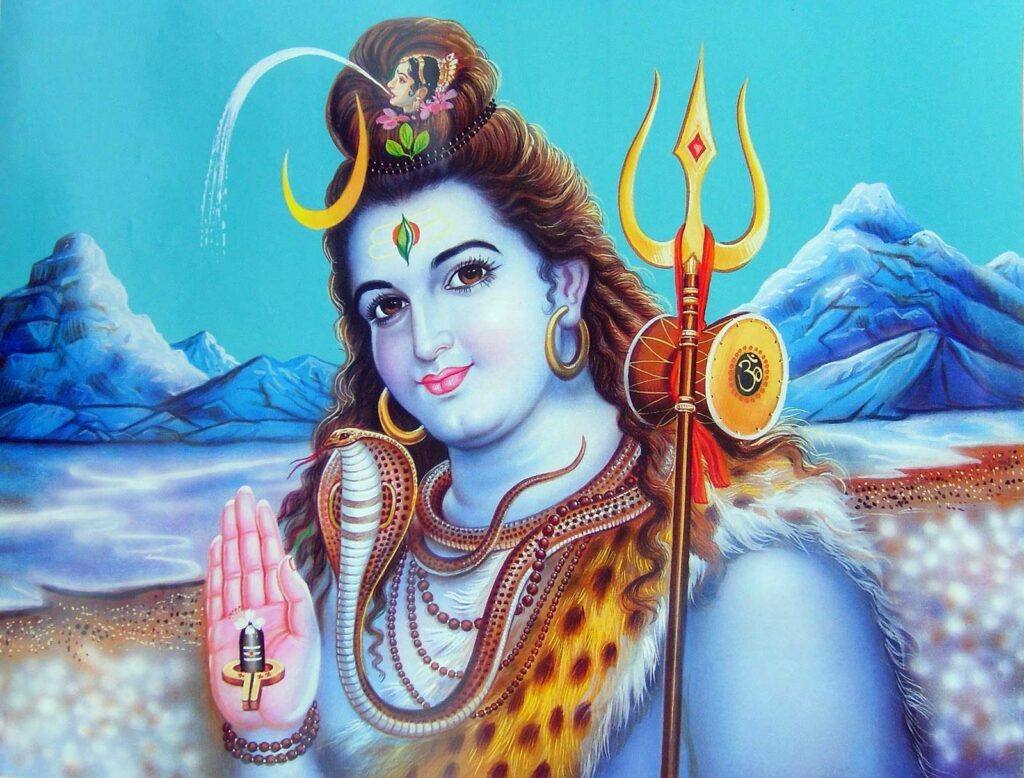
Shiva’s ice lingam at Amarnath
Whether in a Masik Shivaratri, but especially in Mahashivaratri, in addition to fasting, Shiva devotees follow this same procedure:
Whether in a Masik Shivaratri, but especially in Maha Shivaratri, in addition to fasting, Shiva devotees follow this same procedure:
2.- After that, they visit a Shiva temple (or an altar dedicated to Shiva in their home), and sing hymns, Bhajans or Mantras (to please Mahadeva, or Shiva).
3.- Honey, sandalwood, yogurt, rose water, and flowers are offered while worshiping a Shiva Lingam.
4.- Flowers, betel leaves, rice and fruits are also offered to worship the deity.
5. Incense is burned to invoke the blessings of Shiva, also known as Rudra.
6.- Shiva devotees also apply holy ash (Vibhuti or Bhasma) to their foreheads.
7.- The Om Namah Shivaya mantra is chanted throughout the day and night. This powerful mantra is said to be able to free you spiritually (and also from your previous sins).
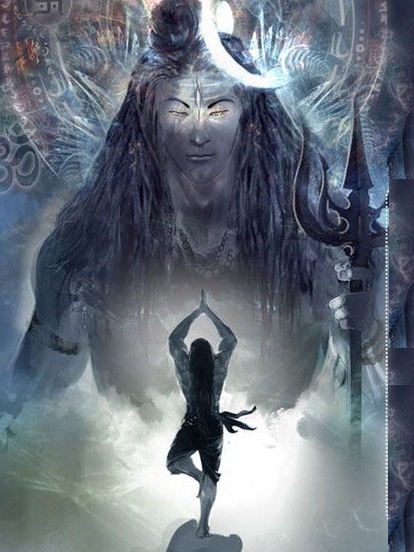
You can find more auspicious incense to worship Shiva in our online store.
3.- The history of the Shiva Lingams and their sacred properties according to Tantra
The Shiva Lingam in this photo is located in Tamil Nadu, India.
The Shiva Lingams are archaic sculptural forms carved from one piece. The stone of which they are carved, was created millions of years ago, since they come from a meteorite that collided in ancient times against the earth in the Narmanda River in India. Currently, the stone of this deposit is still extracted to create new Lingams for the temples, and for other sacred forms.
Shiva Lingams are considered sacred and are associated with healing, as they activate the Chakras and the rise of Kundalini energy.
This stone symbolizes the divine union of Shiva and Shakti, as it represents the union of the opposite: the masculine and the feminine, the body and the soul.
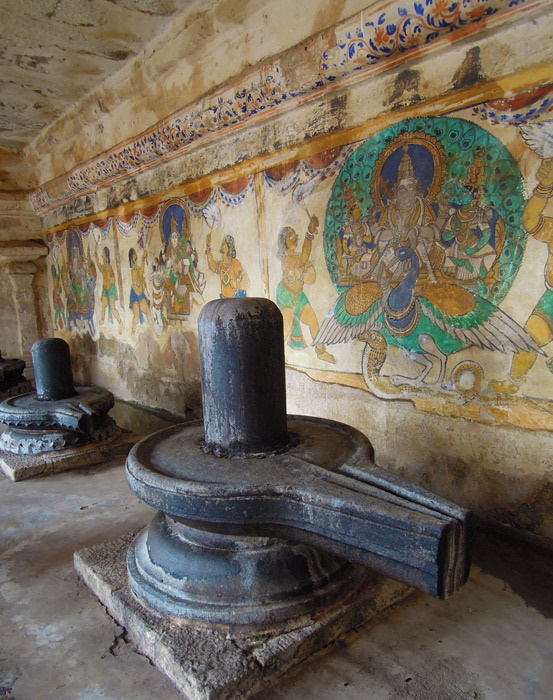
4.- Once a year the great Maha Shivaratri is celebrated
Maha Shivaratri, the main festival of Kashmir Shaivism, will be celebrated this year on Monday, February 18, from 11:44 PM to 12:31 PM on March 20. Mainland India time.
Once a year, we celebrate Maha Shivaratri, Shiva’s great night. This momentous event in Tantra is traditionally dedicated to Paramashiva (Shiva, or the Supreme Consciousness: God). Shiva’s devotees consider this night to be the most sacred of the entire year, and it is enthusiastically celebrated by all Shivaites, all over the world.
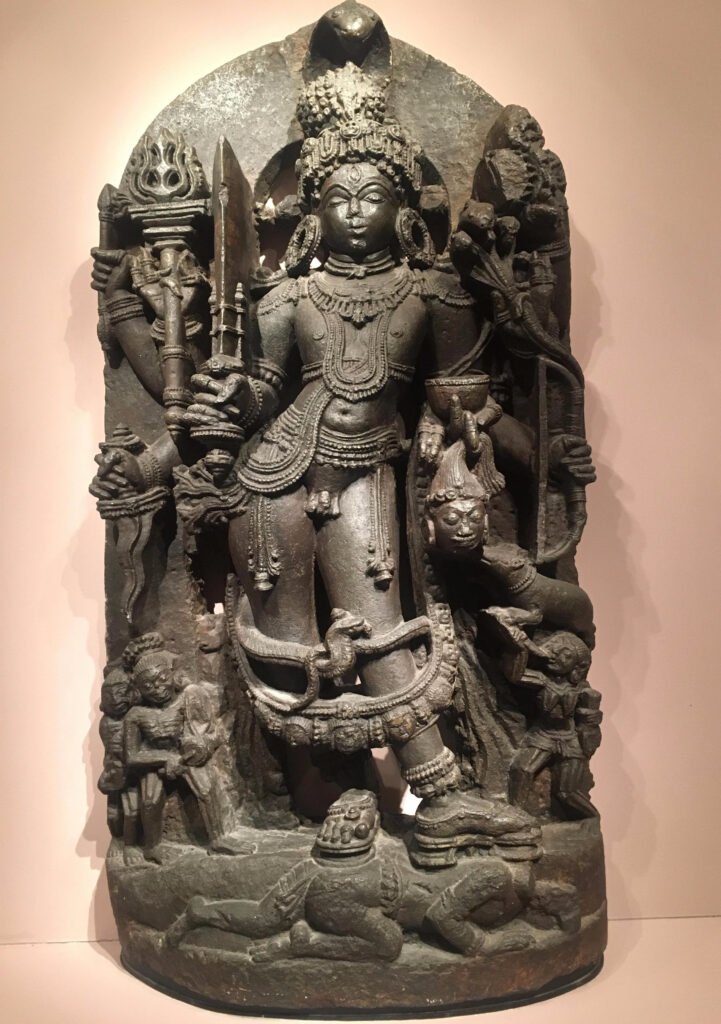
Among the twelve Shivaratri of the Hindu calendar, Mahashivratri is the one with the greatest spiritual importance. This is a day when nature pushes human beings towards their spiritual self, the true one. The importance of this celebration (which lasts all night) is to allow the energies coming from the Macrocosm to emerge in us, and in a natural way.
5.- One of the mythological stories related to Shiva
5.1.- Stories of Tantra: When Shiva opened his third eye
Where the symbolism of Shiva’s third eye comes from, and how clarity and insight arise when it is opened. A related story is also told of how Shiva destroyed Kama with the gaze of his third eye.
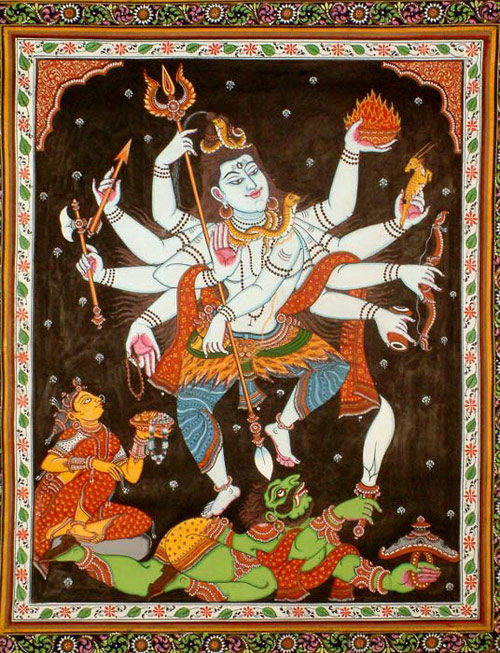
In India, the god of love and desire is Kama Deva. Desire and lust is something most of us don’t like to face head-on. You want something more aesthetic around it, so you wrap it with the idea of love!
The story goes that Kama hid behind a tree and shot an arrow of desire into Shiva’s heart. Shiva, who was in a meditative state, was annoyed at having to come out of his transcendental experience. Then he opened his third eye, and with his gaze, he reduced Kama to ashes.
But ask yourself, does the desire come from within you, or from behind a tree? It arises within you, of course. Desire is not just about what the desired person produces in you. All desire is lustful, whether for sexual desire, desire for power or position. Lust means that there is an experience of feeling incomplete within you, a longing for something that makes you feel:
– If I don’t have “it“, I’m not complete.
Based on this, the story of Shiva and Kama has a yogic dimension. Shiva enacts a yogic life, which means that he not only acts to be complete, but also to “be” limitless. Shiva opened his third eye and saw Kama, his own wish materialize, so he has to push those thoughts away. By opening the third eye, we perceive a dimension within that is beyond the physical, and all earthly compulsions disappear.

The third eye refers to an eye that can see what is not physical. If you look at your hand, you can see it because it stops and reflects light. You can’t see the air because it doesn’t stop the light. But if there was a little smoke in the air, you could see it because you can only see what the light stops. You cannot see anything that allows light to pass through. You cannot see anything that allows light to pass through.
Sensory eyes can grasp the physical. When you want to see something that is not physical in nature, the only way to look is inward. When we refer to the “third eye,” we are symbolically speaking of seeing something that the two sensory eyes cannot see.
The sensory eyes are oriented outwards. The third eye is to see your interior, the nature of yourself, and the essence of your existence. The third eye is not an appendage or a crack in your forehead. That dimension of perception through which one can perceive what is beyond the physical is known as the third eye.
Another aspect is that the sensory eyes are deeply polluted by Karma. Karma means the residual memory of past actions. Everything you see is influenced by this karmic memory. You can not avoid it. If you look at someone, you will think: “He is good, he is not good, he is bad…”. You will not be able to see anything the way it really is, because karmic memory influences your vision and your ability to understand what is happening. Everything will be shown to you according to your Karma, just like your past memories.
In order to see everything as it is, it is necessary to open a deeper penetrating eye, one that is not tainted by memory. Traditionally in India, knowing does not mean reading books, listening to someone’s talk, or gathering information. Knowing means opening a new vision or understanding of life. No amount of thinking and philosophizing can bring clarity to your mind. The logical clarity it creates can easily be distorted, as difficult situations can throw you into confusion.
Perfect clarity arises only when your inner vision opens. No situation or person in the world can distort this clarity within you. For true knowledge to arise, your third eye must be opened.
Enmanuel Torras Mata
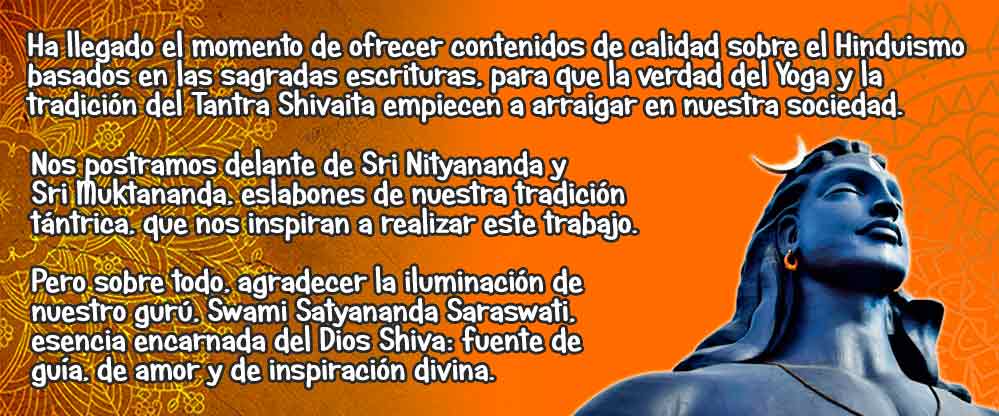
El Shivaismo de Cachemira predica la experiencia de la realización del Ser, cuando este se identifica con “Eso”, la Conciencia absoluta. Accedemos a la experiencia de “no mente” (que es lo que significa Tantra) en la que nuestra personalidad se disuelve en la contemplación del Ser, que lo abarca todo y del que somos parte integral.